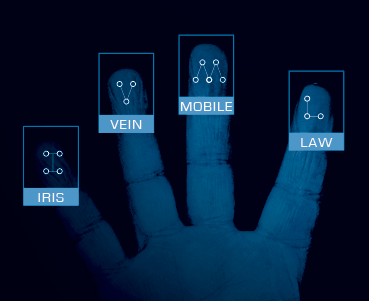Iris ID completes installation of iris recognition system at CERN
13 January, 2016
category: Biometrics, Corporate
Iris ID has completed a new installation of its iris recognition solution at CERN, the European Organization for Nuclear Research. CERN operates the world’s largest particle physics laboratory near Geneva, Switzerland, where accelerators are used to boost beams of particles to high energies before they are made to collide with each other or with stationary targets. The lab is home to the Large Hadron Collider, CERN’s main underground particle collider.
“CERN is a long standing customer of Iris ID. They use our technology to protect the infrastructure of CERN,” says Mohammed Murad, vice president of global sales and business development at Iris ID, a New Jersey-based company that’s been around since 1997. “To us, it’s a very big implementation.”
Iris ID installed the first batch of its iris recognition solutions at CERN in 2008. The latest installation brings the total number of Iris ID devices at CERN to 80, and all have been upgraded to the latest generation.
About 10,000 employees and long-term visitors are enrolled in the system. Each is given a card to wear as an identifier and is granted access only to the areas necessary for their work. Employees must pass through an airlock to enter a restricted area. They present their card and the first door opens. They enter the small chamber and the door closes behind them. They look into the camera for the iris recognition – Iris ID says its reader takes less than one second to identify a person – then the second door opens.
“There are a lot of math and calculations involved in that. They do some calculations that the right person is there and only one person is there,” Murad says. Infrared beams and a floor pad determine whether someone is trying to enter with the employee. The system maintains a log of each employee’s entrances into restricted areas for CERN administrators to review. The solution also includes liveness detection. “Part of the countermeasures is to be able to detect if this is a live person presenting their eye to the system,” Murad says.
CERN has plans for 20 more Iris ID readers at an accelerator that’s being refurbished for reopening in 2019.



